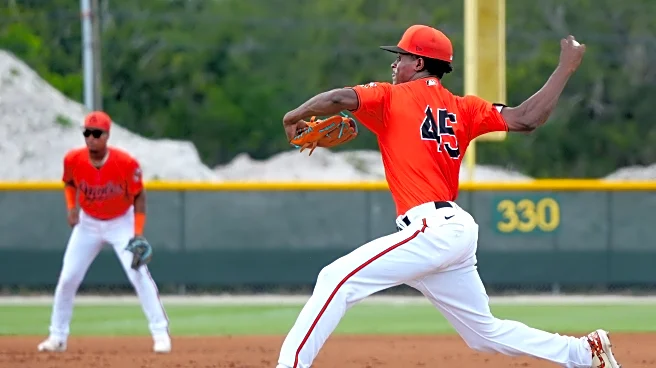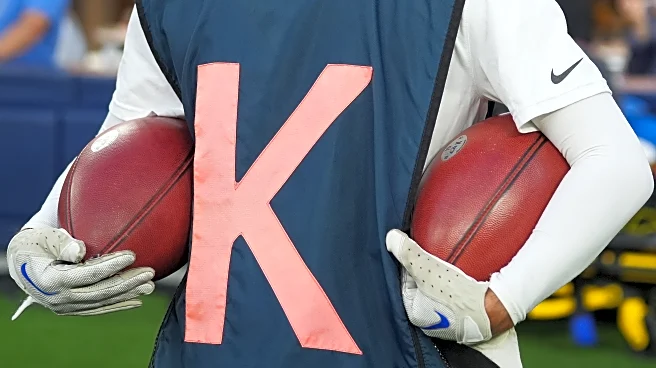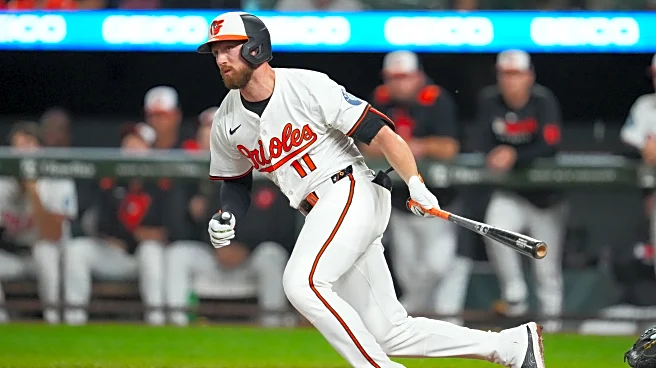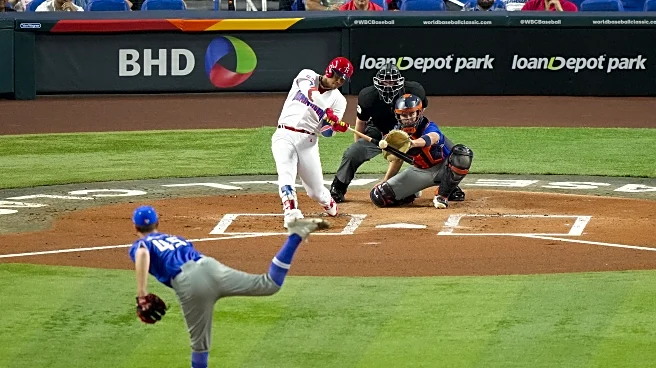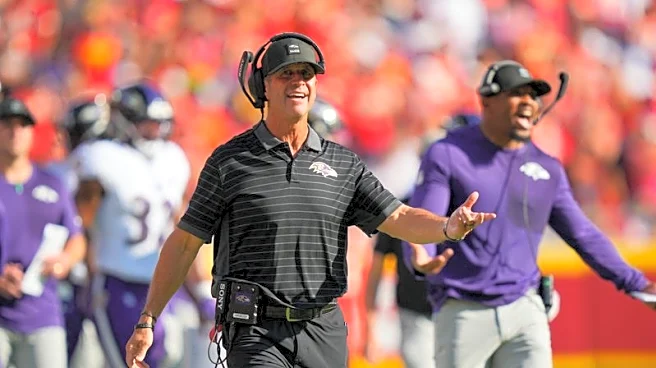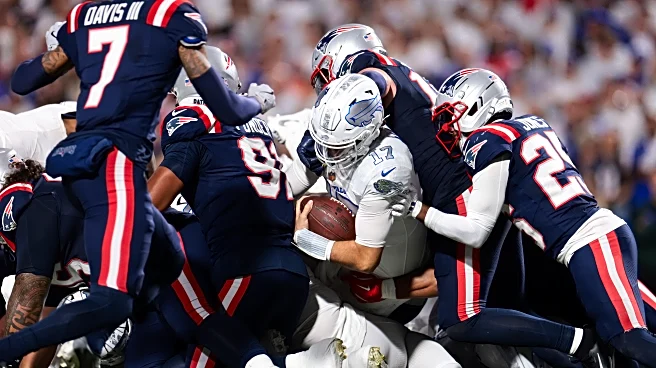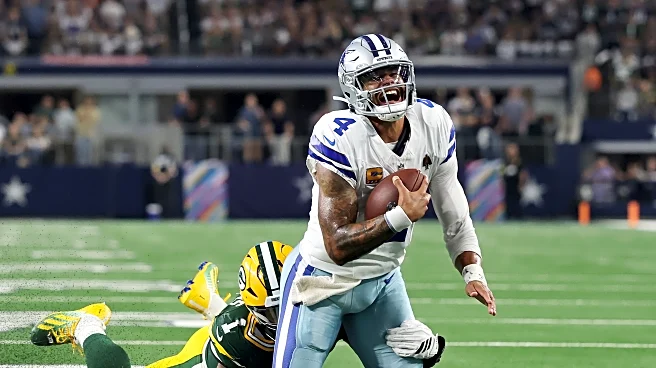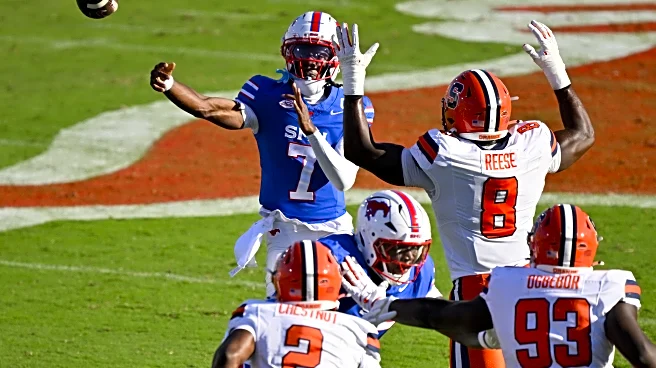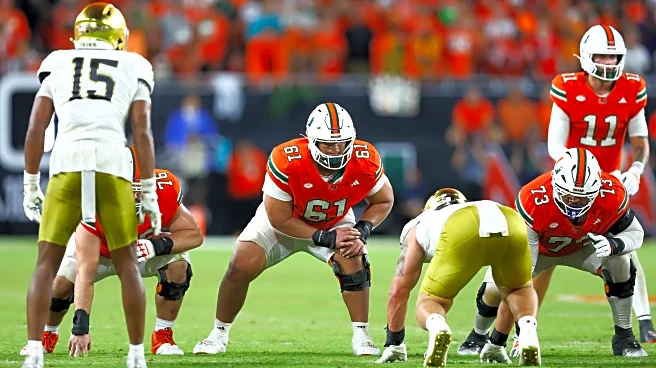At the 2024 trade deadline, one Mike Elias trade flew under the radar. Elias swapped minor league 1B/OF Billy Cook for minor league pitcher Patrick Reilly. Cook was having a fine season for Triple-A Norfolk,
but was blocked by higher-rated prospects. And Reilly had made 19 starts for Pittsburgh’s High-A team with a 3.38 ERA and 11 K/9 but 4.2 BB/9. It was a solid minor-leaguer for minor-leaguer swap and provided good depth for the Orioles, whose pitching cupboard looked a little bare.
Reilly reported to the Double-A Baysox after being traded and struggled in 31 innings. It was his first taste of Double-A and he ranked as 2.5 years younger than the average player in the league. Double-A is where he started the 2025 season. He started the season with two impressive starts. But before prospect watchers could dream on him being a part of the future, Reilly left his third start after just one inning with the dreaded forearm soreness. Less than a month later, Reilly underwent Tommy John surgery.
In the eighth round of the 2023 amateur draft, Elias selected RHP Braxton Bragg from Dallas Baptist University. Nobody remembers an eighth-round pick until he gives you a reason to start paying attention. And Bragg did just that. He had a solid 2024 with Low-A Delmarva, pitching to a 3.36 ERA with an 11.4 K/9 and 2.1 BB/9 in 24 games.
Bragg started 2025 with High-A Aberdeen and it was apparent from the start that he was too good for the league. In three starts he struck out 18, walked five, and didn’t allow a single earned run. He was promoted on April 22nd and made his first start the next day, the same day Reilly was moved to the injured list.
On June 1st, Bragg pitched 6.1 innings with two runs in his seventh start for the Baysox. In those seven starts, Bragg had a 1.82 ERA and held opponents to a .526 OPS. He had struck out 49 and walked 11 in 34.1 innings. People were getting excited. Then Bragg missed his next start with forearm soreness and was placed on the injured list on June 12th. More forearm soreness!
Bragg attempted to work through it. He returned on June 22nd and pitched 4.1 innings, then came out of the game after 3.2 innings on June 28th. He was placed back on the injured list and had Tommy John surgery on July 30th.
Just like that, two intriguing pitching prospects were put on the shelf for at least a year and will lose valuable development time as they recover. Reilly turns 24 years old today and Bragg will be 25 on October 28th.
It may not be the case by the time they return, but both of these pitchers currently appear on both FanGraphs and MLB Pipeline’s list of Top Orioles prospects.
Braxton Bragg
Bragg is currently listed as Baltimore’s #15 prospect on MLB Pipeline and #16 on FanGraphs.
From Pipeline:
The Orioles are excited about how Bragg has been using a solid four-pitch mix at the upper levels. His fastball averages around 95 mph and flirts with triple-digits, per Synergy. He backs that heater up with three secondaries which all can miss bats: a low-80s slider, mid-80s changeup and a cutter that he cranks up into the upper 80s.
Making all of this stuff more interesting is that he’s shown the ability to land them all for strikes and is missing bats at a higher rate than he did in college while keeping his walks low
And from FanGraphs:
Bragg’s low release height creates uphill angle on his 92-95 mph rise/run fastball, which allowed it to miss bats at a plus rate, as did his low-80s lateral-action slider. He can manipulate the shape of his breaker to be more like a cutter at times, and his command of it is plus. The sink on his changeup is analytically exciting, and if Bragg can more consistently get that pitch to finish below the zone rather than in it, it’s going to be a plus weapon.
Pipeline’s blurb was written post-injury, FanGraphs pre-injury. Both write-ups are pretty exciting for the idea of what Bragg could achieve upon his return. But it’s impossible to know what kind of pitcher he’ll be when he does return, and his minor league success is part of a relatively small sample size.
Patrick Reilly
Reilly is the Orioles’ 23rd prospect on MLB Pipeline and 25th on FanGraphs. His struggle with control is a concern.
From Pipeline:
A 6-foot-3 right-hander with a power arsenal, Reilly’s ultimate role once he returns to action will be based on his ability to command his high-octane stuff. He’s been dogged by fringy control since college, where a consistently high walk rate led Reilly to pitch mostly out of the bullpen. His high-spin fastball flashes as high as 100 mph in relief and sits comfortably in the low-to-mid-90s as a starter, and he uses its impressive induced vertical break to generate a ton of whiffs up in the zone.
Pipeline speculates his future could be in the late innings and that his high effort mechanics are tough to duplicate.
From FanGraphs:
The carry on Reilly’s fastball is the cornerstone of his profile. It helps cover for his 40-grade command, and also sets him up to bend cutters and sliders in at the top of the zone. Though it sits just 93-94, Reilly’s fastball missed bats at a plus-plus rate in 2024. His style of pitching is probably always going to be somewhat inefficient because his fastball plays best when he’s nibbling the top of the zone, but Reilly’s control on its own creates some relief risk.
By the time we see Bragg and Reilly back in regular games, who knows what their status will be, how healthy the farm system will be, and what the Orioles will look like at the big league level. For now I think we can both say that it stinks that two young, promising pitchers are out of the picture another year or more.

